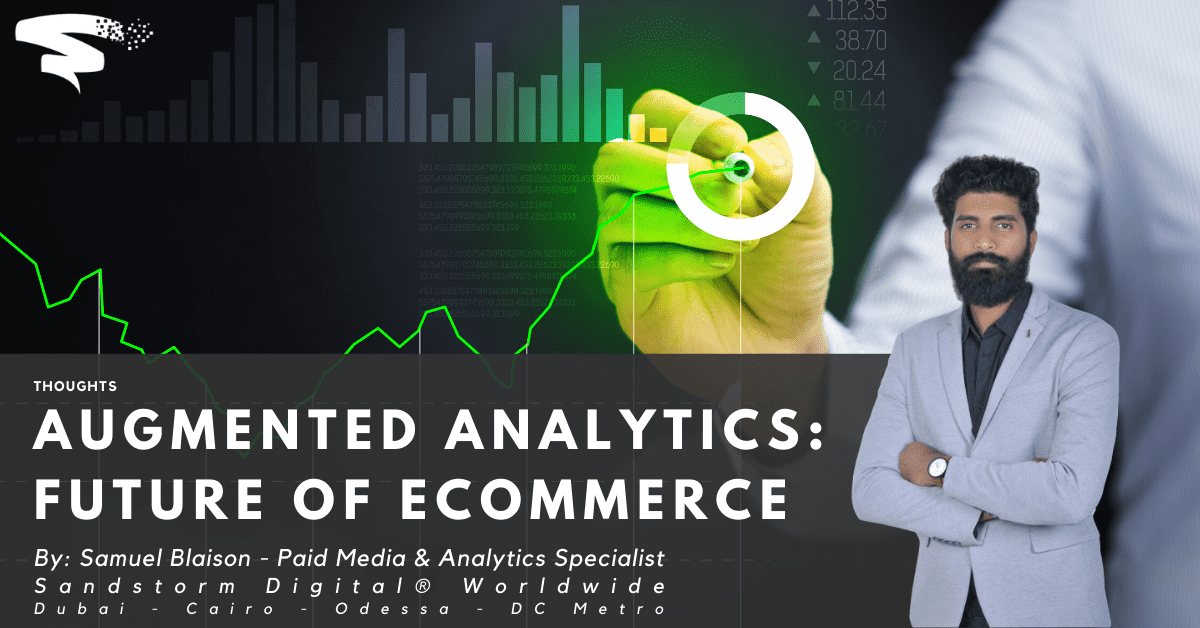There is huge excitement around big data, and most organizations have either deployed or are thinking of deploying Hadoop services to grow and manage it. Data lakes are growing exponentially, and it is now emerging that storing data is much easier than deriving meaningful insights from it. Experts believe that over 90% of business data is unusable in decision making.
Analyzing data expeditiously is paramount for quick decision making and turnarounds, but the speed of analysis is greatly hampered by the ballooning data size. The solution to this quagmire is the introduction of augmented analytics. Through augmented analytics a business can prepare and clean data quickly, thereby making it useful in the decision tree.
Augmented analytics is a branch of artificial intelligence (AI) that utilizes machine learning (ML) and natural language processing (NLP) algorithms to improve the analysis of data and business intelligence. The organization can continue accumulating data as usual, but the big data will be fed into data analytics algorithms for cleaning. The raw data will then be processed, cleaned and presented in a format that allows for easier and faster analysis. The data scientist can then utilize NLP and ML algorithms to recognize any unusual trends.
Without the help of augmented analytics, the data scientist would have to comb through the big data in order to extract some value from it. Such an approach is not only laborious but also prone to bias errors. The complexity of extracting value from big data is the main reason why data scientists do not come cheap. As a consequence, not many organizations can afford to hire a full-time data scientist.
However, augmented analytics can help reduce operational costs by automating the process. Even organizations that can afford a data scientist still need to embrace augmented analytics. Instead of the data scientist spending the bulk of their time on data collection and retrieval, they will have more time for analyzing data to extract meaningful business insights.
Augmented analytics can be used in e-commerce to ensure that data locates the customer instead of the other way around. A good example is the recommender system that is used by companies like Amazon.
When a customer adds a product to the cart, the recommendation engine automatically upsells or cross-sells some other items that might interest the customer. An autonomous analytics algorithm tracks customer behavior and uses the data to recommend products they might like. The recommendation engine is a foretaste of things to come.
When augmented analytics comes of age it will not just be used to make recommendations, but also predictions. An e-commerce business will therefore,use augmented analytics to predetermine which products a user will be interested in even before they begin shopping.
Conclusion
Augmented analytics will totally transform the e-commerce business. Any business that has an e-commerce store appreciates the power of using an upsell or cross-sell algorithm. Augmented analytics is not only beneficial with respect to increasing sales, but also gives the customers better user experience. It’s a perfect balance. A combination of these two benefits will easily make augmented analytics the next big thing in e-commerce.











